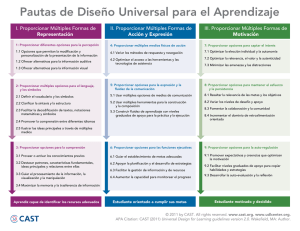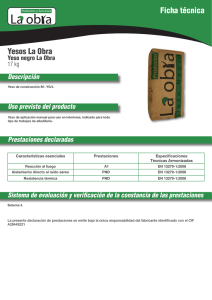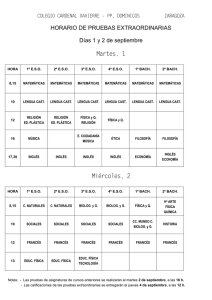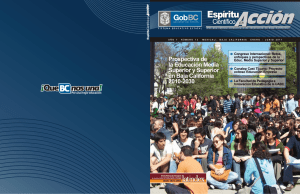CastCare Handout.indd - Boston Children`s Hospital
Anuncio
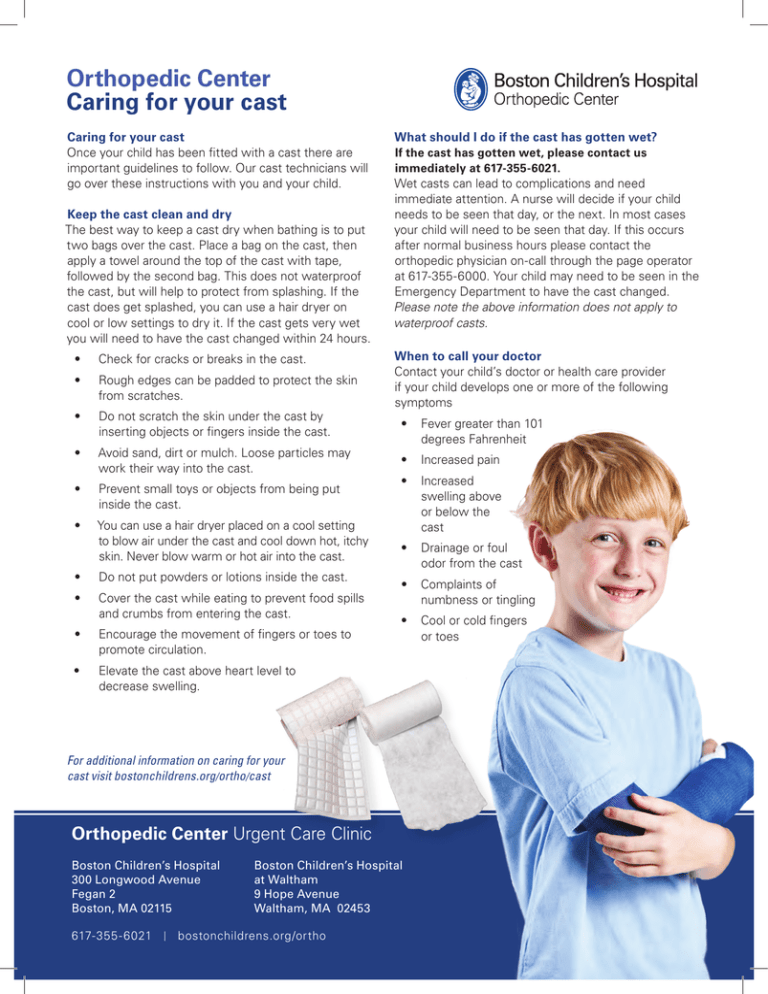
Orthopedic Center ­ Caring for your cast Caring for your cast Once your child has been fitted with a cast there are important guidelines to follow. Our cast technicians will go over these instructions with you and your child. Keep the cast clean and dry The best way to keep a cast dry when bathing is to put two bags over the cast. Place a bag on the cast, then apply a towel around the top of the cast with tape, followed by the second bag. This does not waterproof the cast, but will help to protect from splashing. If the cast does get splashed, you can use a hair dryer on cool or low settings to dry it. If the cast gets very wet you will need to have the cast changed within 24 hours. • Check for cracks or breaks in the cast. • Rough edges can be padded to protect the skin from scratches. • Do not scratch the skin under the cast by inserting objects or fingers inside the cast. • Avoid sand, dirt or mulch. Loose particles may work their way into the cast. • Prevent small toys or objects from being put inside the cast. • You can use a hair dryer placed on a cool setting to blow air under the cast and cool down hot, itchy skin. Never blow warm or hot air into the cast. • Do not put powders or lotions inside the cast. • Cover the cast while eating to prevent food spills and crumbs from entering the cast. • Encourage the movement of fingers or toes to promote circulation. • Elevate the cast above heart level to decrease swelling. What should I do if the cast has gotten wet? If the cast has gotten wet, please contact us immediately at 617-355-6021. Wet casts can lead to complications and need immediate attention. A nurse will decide if your child needs to be seen that day, or the next. In most cases your child will need to be seen that day. If this occurs after normal business hours please contact the orthopedic physician on-call through the page operator at 617-355-6000. Your child may need to be seen in the Emergency Department to have the cast changed. Please note the above information does not apply to waterproof casts. When to call your doctor Contact your child’s doctor or health care provider if your child develops one or more of the following symptoms • Fever greater than 101 degrees Fahrenheit • Increased pain • Increased swelling above or below the cast • Drainage or foul odor from the cast • Complaints of numbness or tingling • Cool or cold fingers or toes For additional information on caring for your cast visit bostonchildrens.org/ortho/cast Orthopedic Center Urgent Care Clinic Boston Children’s Hospital 300 Longwood Avenue Fegan 2 Boston, MA 02115 617-355 - 6021 | Boston Children’s Hospital at Waltham 9 Hope Avenue Waltham, MA 02453 bostonchildrens.org/ortho Centro de Ortopedia Cuidado del yeso Cuidado del yeso Después de colocar un yeso hay que seguir instrucciones importantes. Nuestros técnicos en yesos repasarán estas instrucciones con usted y su niño. Mantenga el yeso limpio y seco La mejor manera de mantener un yeso seco al bañarse es cubrirlo con dos bolsas plásticas. Ponga una bolsa sobre el yeso, sujete una toalla con cinta adhesiva alrededor de la parte superior del yeso y luego ponga la segunda bolsa. Esta cubierta no es impermeable pero ayuda a proteger el yeso de las salpicaduras. Si el yeso se moja un poco, puede secarlo con un secador de pelo en frío o en una temperatura baja. Si está muy mojado habrá que cambiarlo en un plazo de 24 horas. • Compruebe si el yeso tiene grietas o rajaduras. • Los bordes ásperos se pueden acolchar para proteger la piel de lastimaduras. • No permita que su niño introduzca los dedos u otros objetos debajo del yeso para rascarse la piel. • Evite el contacto con arena, suciedad o abono. Las partículas sueltas pueden abrirse paso dentro del yeso. • Evite que el niño meta juguetes u objetos pequeños dentro del yeso. • Puede usar un secador de pelo en frío para enviar aire dentro del yeso y enfriar la piel caliente y con picazón. Nunca envíe aire tibio o caliente dentro del yeso. • No ponga polvos o lociones dentro del yeso. • Mientras su niño come, cubra el yeso para que no entren trozos de comida o migas. • Haga que su niño mueva los dedos de las manos o los pies para favorecer la circulación • En caso de hinchazón, levante la zona enyesada por encima del nivel del corazón. ¿Qué debo hacer si el yeso se moja? Llámenos de inmediato al (617) 355-6021. Los yesos mojados pueden causar complicaciones y requieren atención inmediata. Una enfermera decidirá si su niño necesita atención ese día o el siguiente. Por lo general, los niños necesitan atención el mismo día. Después del horario de atención, llame a la operadora al (617) 355-6000 y pida hablar con el médico de ortopedia de guardia. Es posible que su niño tenga que ir al Departamento de Emergencia para que le cambien el yeso. Tenga en cuenta que la información anterior no es para yesos impermeables. Cuándo llamar a su médico Llame al médico o profesional de la salud de su niño si observa uno o más de los siguientes síntomas: • Fiebre más alta de 101 ºF (38,3 ºC) • Aumento del dolor • Aumento de la hinchazón por encima o por abajo del yeso • Salida de secreción o mal olor del yeso • Sensación de adormecimiento u hormigueo • Los dedos de las manos o los pies están fríos Para más información sobre los cuidados de un yeso, visite bostonchildrens.org/ortho/cast Centro de Ortopedia Clínica de urgencias Boston Children’s Hospital 300 Longwood Avenue Fegan 2 Boston, MA 02115 (617) 355-6021 | Boston Children’s Hospital Waltham 9 Hope Avenue Waltham, MA 02453 bostonchildrens.org/ortho
